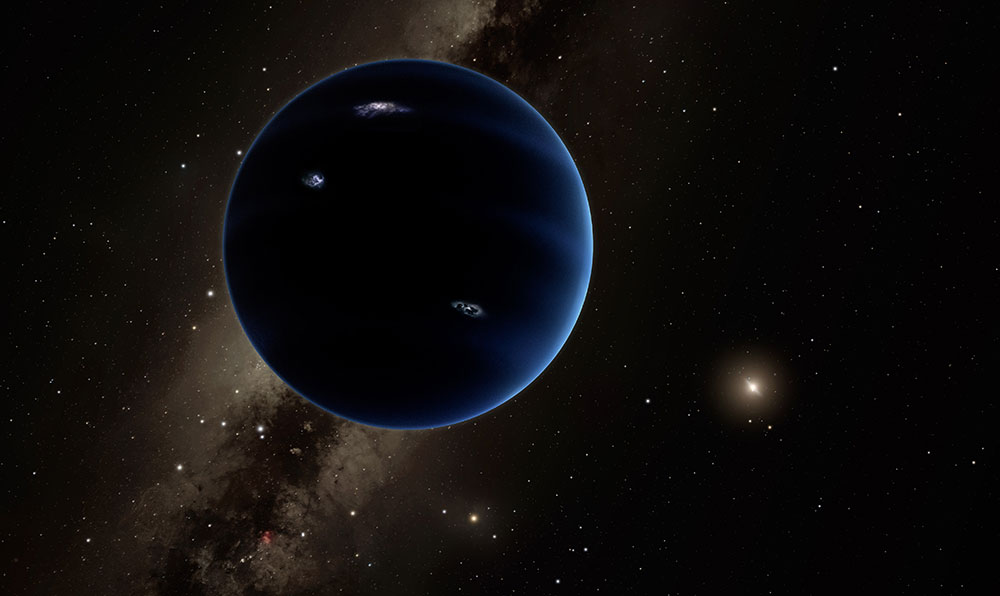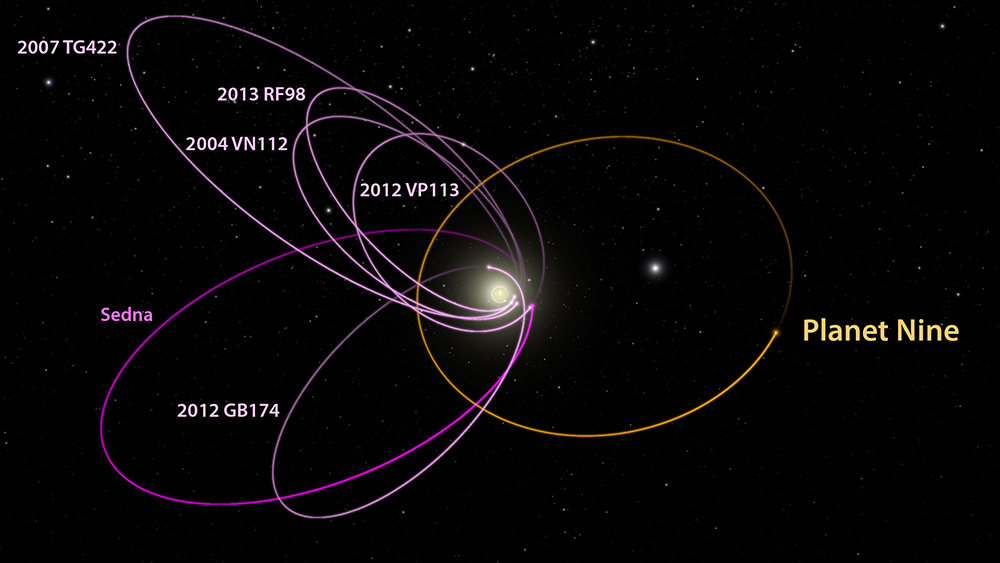
Until 2006, the solar system constituted nine planets, Mercury, Venus, Earth, Mars, Jupiter, Saturn, Uranus, Neptune, and Pluto. Then the International Astronomical Union decided that Pluto was too small to be deemed a planet.
A Neptune Like Planet
Now researchers at the California Institute of Technology (Caltech) claims that there might be a ninth planet in the solar system after all. A planet hiding in the solar system’s outer darkness.
This planet has not been directly observed, but its presence is indicated by the presence and behavior of other objects and by the mathematical models and simulations that describe this behavior.
The researchers, Konstantin Batygin and Mike Brown have seen how this hypothetical new planet disturbs other objects, as one of the researchers, say “We have felt a strong disturbance in the Force”. With a wink to all Star Wars fans.
Brown refers to is that all the major planets have orbits that extend out from the Sun in roughly the same direction. And this can not be a coincidence. To get the planets to move in that way requires a large mass – a new planet.
This planet would be about the size of Neptune and probably a gas planet. Its orbit around the Sun is estimated to be between 10,000 to 20,000 years.
Tyche
This is not the first time a “ninth” planet has been suggested, residing in the so-called Oort cloud. It was first presented in 1999 by astrophysicists John Matese, Patrick Whitman and Daniel Whitmire of the University of Louisiana at Lafayette.
They argue that evidence of Tyche’s existence can be seen in a supposed bias in the points of origin for long-period comets. Which would also help explain the extinction of some species at regular intervals during Earth’s history.
In 2014 however, NASA announced that the WISE survey had ruled out any object with Tyche’s characteristics, indicating that Tyche as hypothesized, does not exist.
Click to view a video by Caltech explaining the potential discovery. With Caltech’s Konstantin Batygin, an assistant professor of planetary science, and Mike Brown, the Richard and Barbara Rosenberg Professor of Planetary Astronomy, discussing the research that provides evidence of a giant planet tracing a bizarre, highly elongated orbit in the outer solar system.
_______________
Caltech Researchers Find Evidence of a Real Ninth Planet
______________________________























